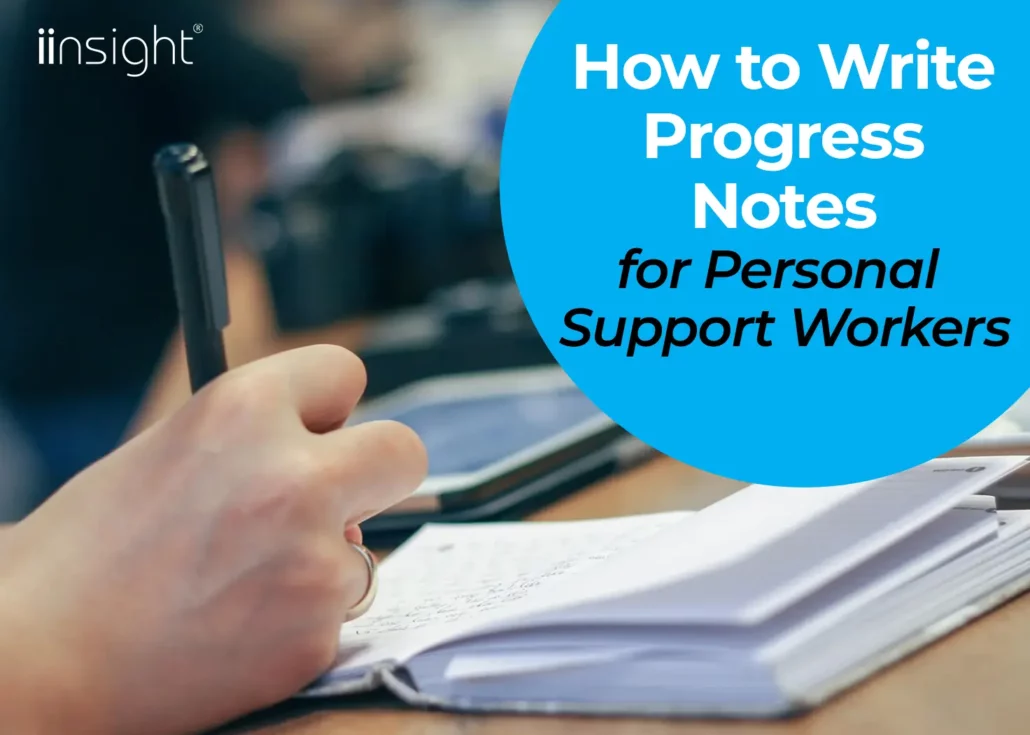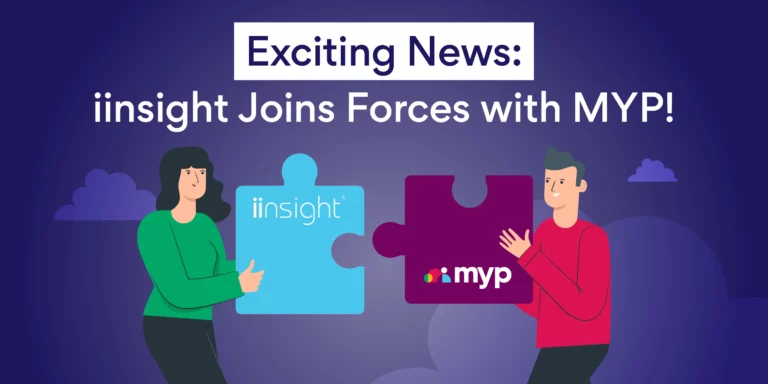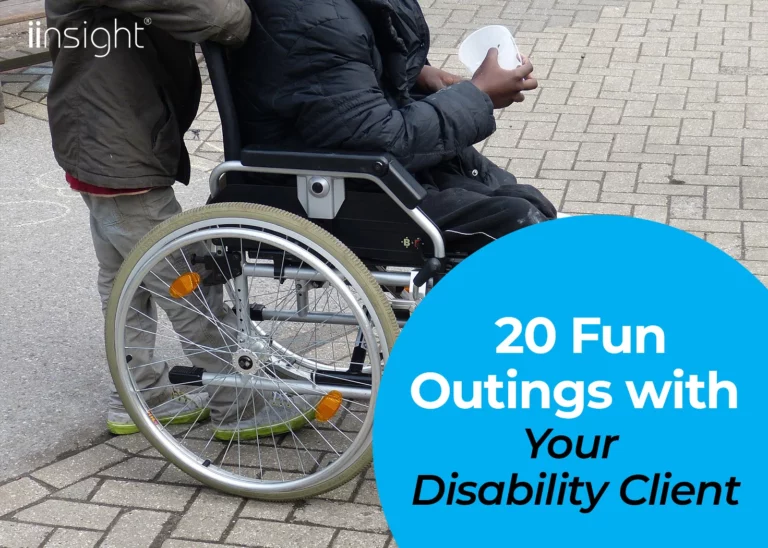Personal support workers provide assistance and care to individuals who require support with various aspects of their daily lives. There are currently almost 155,000 dedicated personal support workers working in the United States.
Administration is a big part of many jobs, and this is no different for support workers. Keeping updated and detailed progress notes is an important part of the daily responsibilities of support workers. To help with this, we have compiled tips and practical ways to stay on top of writing progress notes.
Keep reading for great ways to handle this and find balance in your work.
The Importance of Progress Notes
The purpose of a progress note is to document and track the ongoing care and progress of an individual receiving support or treatment. There are some clear guidelines for what should be included in these documents.
They must contain detailed records of the care provided to an individual. This includes information about interventions, assessments, and any changes in the person’s condition.
Progress notes facilitate communication among healthcare professionals and members of a care team. They ensure that everyone involved in the individual’s care is informed about the following:
- Progress
- Challenges
- Any adjustments made to the care plan
Progress notes provide a primary source of information. This helps with the planning and delivery of comprehensive care.
Progress notes help track a person’s development or recovery over time. By documenting observations and outcomes, support workers can assess the effectiveness of interventions. This helps them make informed decisions about future care.
Progress notes also serve as legal and ethical documentation of the care provided. They ensure that professionals adhere to established standards and regulations. This means that they can be used as evidence in legal or regulatory matters.
These notes contribute to the development and tailoring of personal care plans. By documenting goals, preferences, and responses to interventions, progress notes help to adjust care plans to meet the specific needs of each individual.
Regular review of progress notes allows healthcare organizations to assess and improve the quality of care. It provides an opportunity for:
- Reflection
- Identification of areas for improvement
- Improvement of overall service delivery
A Guide to Creating Progress Notes
The art of writing clear and concise progress notes can be helpful in many ways. Here are some practical guidelines on what a progress note format should include:
Client Information
Start with documenting all the client details. Write down the date and time, and identify the client. Clearly state the client’s name, date of birth, and any important personal information.
Objective and Subjective Observations
Share your observations. Document what you noticed about the client’s physical and emotional state. Include any information the client or their family shared with you.
Activities of Daily Living (ADL)
Describe how you helped the client with essential daily tasks like:
- Bathing
- Dressing
- Eating
Note any changes in their ability to do these activities on their own. Stay factual, but note any observations you have.
Medication Administration
List all the medicines given, making sure they match the right patient, drug, dose, route, and time. Mention any concerns or side effects noticed with the use of specific medications.
Interventions and Support Provided
Explain the specific help or support you provided during your shift. Talk about any challenges and how you dealt with them.
Communication
Write down any talks with the client, family, or other healthcare professionals. Include discussions about care plans, the client’s condition, or upcoming appointments.
Changes in Behavior or Health Status
Document any noticeable changes in the client’s behaviour, health, or thinking. Be clear and provide good context for a full understanding.
Client’s Goals and Progress
Show the progress made toward the client’s goals. If there are challenges, indicate them and suggest changes to the care plan as needed.
Concluding Progress Note
Summarize all the key points and outline any follow-up actions needed. Conclude the progress note with a clear and brief statement.
By keeping to this structured progress notes format, you ensure that your progress notes are:
- Organized
- Easy to follow
- Provide a comprehensive overview of the client’s status and care
This structure also helps future carers or medical professionals pick up the documentation and know exactly what is going on. If you keep consistent notes then the overall care experience will improve.
Tips for Effective Record-Keeping
Use simple and straightforward language to disclose information. Avoid unnecessary jargon or technical terms that may be confusing.
Stick to facts and avoid subjective interpretations. Describe behaviours, actions, and outcomes without personal bias.
Focus on information directly related to the client’s goals and care plan. Include specifics about activities, interventions, and any changes in the client’s condition.
Write progress notes as soon as possible after providing care. This ensures accuracy and prevents details from being forgotten.
Structure all your progress notes uniformly. Cover essential aspects and any needed information. Make sure these details are always up to date.
Find and use, or create, a structured progress note template to improve the organization of your progress notes.
Whenever applicable, incorporate measurable data such as vital signs, numerical progress, or specific achievements. Quantifiable information adds to objectivity.
Clearly outline progress made towards client goals. Address any challenges or setbacks, providing insight into how these are being managed or addressed.
Record any communication with the client, family members, or other healthcare professionals. Include discussions about care plans, changes in condition, or future appointments.
Adhere to privacy and confidentiality guidelines. Avoid sharing sensitive information that is not relevant to the client’s care.
Regularly review and revise progress notes. Ensure they accurately reflect the client’s current status and any adjustments to the care plan. This ongoing review helps maintain the effectiveness of the documentation.
If you are unsure about certain aspects of the client’s care or need more information, don’t hesitate to seek clarification.
Frame your progress notes in a client-centered language. Use this to share the individual’s preferences, goals, and participation in their care.
Stay informed about best practices and industry standards related to progress note documentation.
Progress Note Examples: Illustrating Effective Documentation
Progress notes examples can vary based on the context of their use. The format may vary based on specific requirements and practices within different fields. Here are two examples from different fields:
Healthcare Setting
Date: January 15, 2024
Time: 10:00 AM
Patient: John Doe
Objective and Subjective Observations
Mr Doe reported mild improvement in pain levels today. Physical examination revealed reduced swelling in the left ankle.
Activities of Daily Living (ADL)
Assisted with ambulation and encouraged light exercises. The patient performed self-care activities independently.
Medication Administration
Administered pain medication as prescribed. No adverse reactions were reported.
Interventions and Support Provided
Applied an ice pack to the affected area. Educated patient on at-home exercises for continued improvement.
Communication
Discussed pain management strategies with the patient. Informed nursing staff of the observed changes in the patient’s condition.
Changes in Behavior or Health Status
Improved range of motion noted during a physical therapy session. The patient expressed satisfaction with a pain management plan.
Patient’s Goals and Progress
The goal of increased mobility is addressed through exercises. The patient is to continue the prescribed medication and follow up in one week.
Conclusion
The patient demonstrates a positive response to the current treatment plan. Follow-up scheduled for January 22, 2024.
Personal Support Setting
Date: January 15, 2024
Time: 2:00 PM
Client: Mrs Anderson
Objective and Subjective Observations
Mrs Anderson greeted me warmly. She reported feeling well today, expressing satisfaction with the support provided.
Activities of Daily Living (ADL)
Assisted Mrs Anderson with her morning routine, including dressing and preparing breakfast. Noted increased independence in managing personal grooming.
Medication Administration
Administered prescribed medications at 10:30 AM. Mrs Anderson took medications without any issues. No side effects were reported.
Interventions and Support Provided
Assisted with light housekeeping and organization. Encouraged Mrs Anderson to engage in gentle exercises as part of her daily routine.
Communication
Discussed upcoming medical appointments. Informed Mrs Anderson’s family about her positive mood and cooperation during today’s activities.
Changes in Behavior or Health Status
No significant changes were observed. Mrs Anderson continues to maintain good spirits and expresses contentment with the support received.
Client’s Goals and Progress
Progress was noted in increased independence with daily tasks. Mrs Anderson expressed interest in participating in outdoor activities for the next visit.
Conclusion
Mrs Anderson is adapting well to the support provided. Family and client express satisfaction. Follow-up is scheduled for January 20, 2024, to reassess and adjust the care plan if necessary.
Support Workers Progress Notes: Documenting Care and Client Progress
Detailed progress notes are effective tools that assist support workers in caring for their clients. This can take precious time from other professional duties. There are several templates available, but if you are struggling to incorporate effective progress note writing, consider professional assistance.
This can be a strategic investment in improving the quality, efficiency, and overall effectiveness of your documentation process. iinsight is now the pre-eminent cloud-based patient management software for occupational health and rehabilitation markets. Witness firsthand how iinsight can empower you and improve your client management services by booking a demo.












